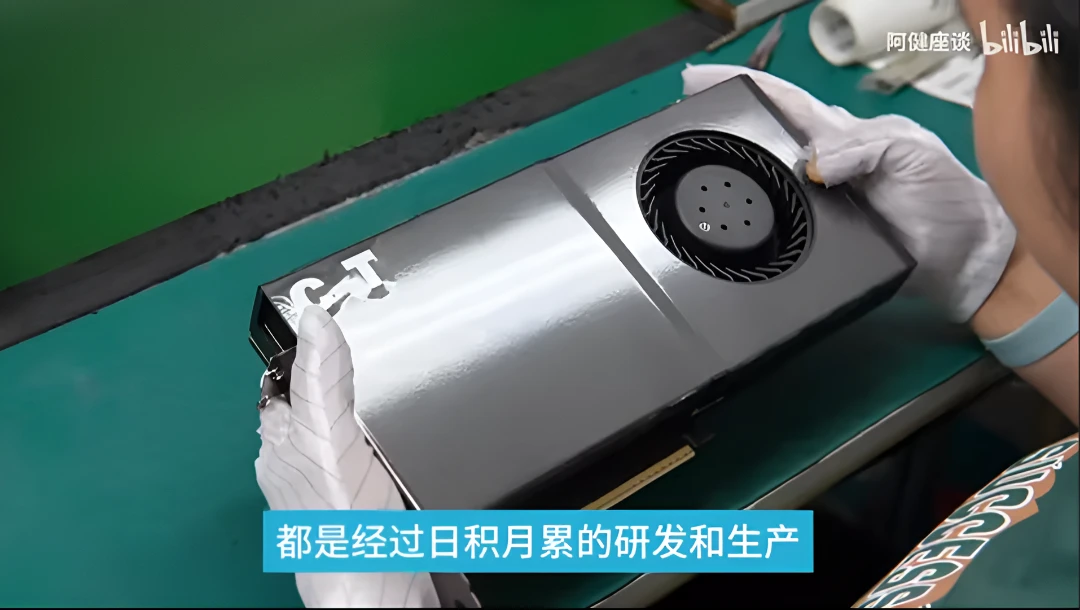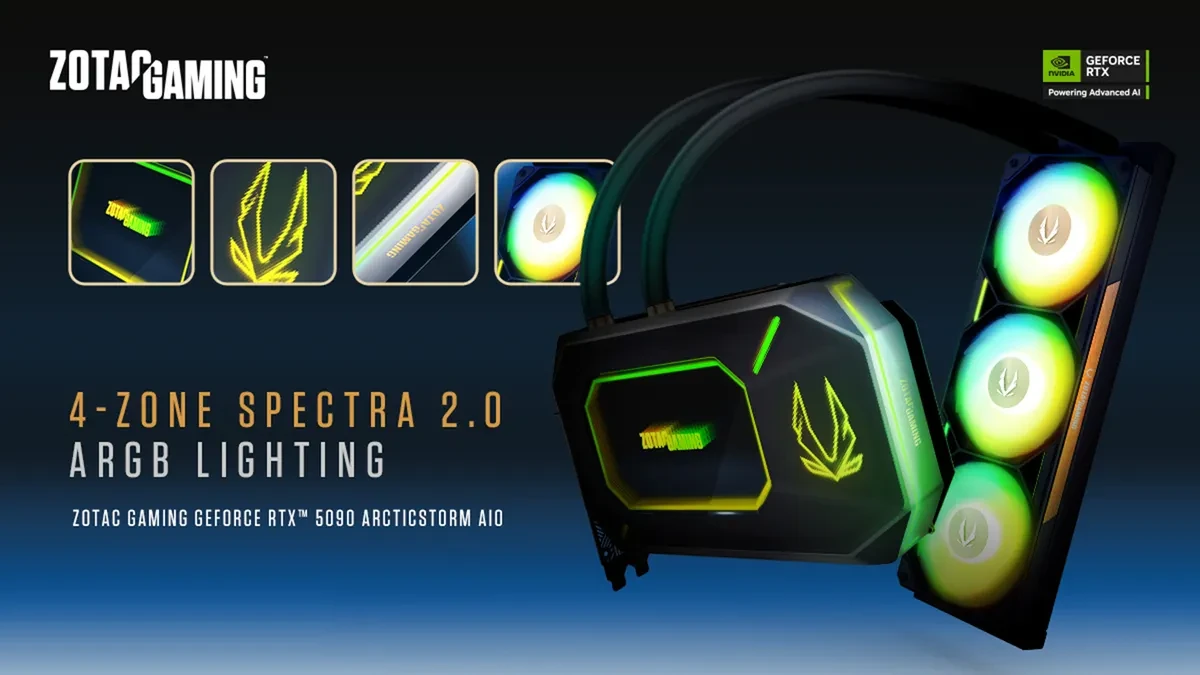So, PNY’s Overclocked RTX 5070 Ti is finally hitting retail shelves, and they’re throwing in Borderlands 4 for good measure. Because, you know, after fighting tooth and nail over inflated prices for GPUs, what’s better than a free game to drown your sorrows in? It’s almost as if they’re saying, “Sure, you can finally buy a 50 Series card at retail price, but you’ll still need to mortgage your house for the rest.” Legendary loot indeed! At this rate, the only thing rarer than a decent GPU is a gaming experience not marred by extreme buyer’s remorse. Who needs sanity when you can have pixels?
#RTX5070Ti #PNY #Borderlands
#RTX5070Ti #PNY #Borderlands
So, PNY’s Overclocked RTX 5070 Ti is finally hitting retail shelves, and they’re throwing in Borderlands 4 for good measure. Because, you know, after fighting tooth and nail over inflated prices for GPUs, what’s better than a free game to drown your sorrows in? It’s almost as if they’re saying, “Sure, you can finally buy a 50 Series card at retail price, but you’ll still need to mortgage your house for the rest.” Legendary loot indeed! At this rate, the only thing rarer than a decent GPU is a gaming experience not marred by extreme buyer’s remorse. Who needs sanity when you can have pixels?
#RTX5070Ti #PNY #Borderlands












